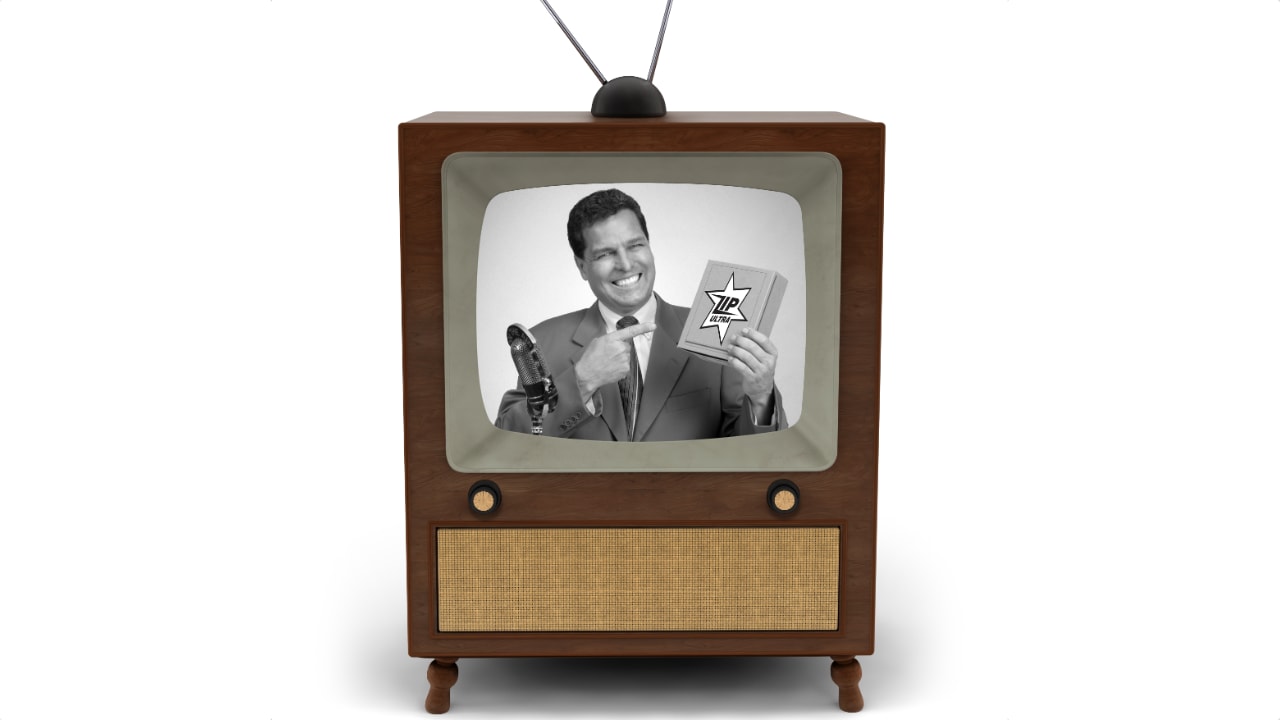
Next year, Amazon Prime Video will introduce advertising for customers worldwide unless you pay an extra $2.99 a month in the most significant sign yet that TV advertising is well and truly back.
In September, Amazon Prime Video announced that it will include ads in its streams starting next year. It'll be rolling it out first in the US, UK, Germany, and Canada, and then in France, Italy, Spain, Mexico, and Australia as 2024 progresses.
In common with how many other streaming services have launched ad-supported versions, viewers' monthly service price stays the same; only now they have to pay extra to be ad-free. In the US, ad-free Amazon Prime will cost an additional $2.99 per month on top of the $14.99 monthly price it already charges. And if $2.99 doesn’t sound like much if you take a glance at it, it is actually 20% extra — and that does sound like a lot.
Pricing for the ad-free option in other countries is still unknown, but it'll probably be around the same markup.
“To continue investing in compelling content and keep increasing that investment over a long period of time, starting in early 2024, Prime Video shows and movies will include limited advertisements,” says Amazon.
A common theme...
Amazon is, of course, not alone. Disney+’s Standard with Ads plan launches next week in Europe. Netflix’s ad service is a year old now, and pretty much everyone now runs what the industry refers to as a tiered service — ad-supported at the bottom, premium ad-free (and often UHD) at the top, with various stages in between.
As of now, Apple TV+ is the only major global service by our reckoning that doesn't show ads at all.
And the ads are getting more insidious, too. ‘Pause ads’, which surface when a user hits the pause button, have begun appearing on Hulu, Peacock, and Max in the US. Meanwhile, the expansion of the likes of Pluto (which the industry likes to refer to as FAST - Free Ad-Supported Television) continues. According to data from Digital TV Research, here’s how much everything will be worth in 2029.
- Streaming as a whole - $215 billion
- Subscription services - $127 billion
- Ad-supported services - $69 billion
- Tiered services - $20 billion
Tl;dr? You’re going to be seeing a lot more ads.
The reason is simple: content costs. During the rapid expansion phase of the Great Streaming Wars, companies would invest billions in creating the sheer volume of content it was thought necessary to woo viewers, and not all of it was spent wisely. Now that that phase is over — streaming is still expanding, but in developing economies where the industry's beloved metric of ARPU, Average Revenue Per User, is much lower, so there is less money sloshing about — they’re still jostling for position even while incomes are more constrained.
And ads = income. The ad-tier subscription for Netflix in the US costs $6.99 a month, while the standard sub is $15.49. However, factor in the ad revenue the company receives, and it actually makes more money per subscriber for the lower-priced ad-driven service — around $1.84 at the moment. In other words, financially it’s increasingly in the streaming platform’s interests to direct you to their ad-supported services.
Back to ad square one?
So, that’s it, is it? The grand experiment is over, and we’ve just exchanged cable and satellite pay-tv services chock full of ads for multiple streaming services chock full of ads? Well, yes and no.
The streamers promise much lower ad loads than traditional media, typically around four minutes per hour, whereas US networks would sometimes hit as many as 12. (There is a reason, after all, that all those old 22-episode series you’re rewatching to fill the new content void are 44-minutes long — the rest was trailers.) And they are likely to be targeted more to your interests based on demographic info, previous viewing history, etc. Research shows that we’re less annoyed by ads that sync with our interests, plus they work better for the advertisers.
The future may be advertising, but it’s advertising lite compared to what went on before Netflix stopped posting out DVDs. We're not such about those pause ads though - they could get annoying.
Oh, and by the way, we weren't 100% truthful about Apple not showing ads. If you include trailers and bumpers for its own content, the service’s screen real estate is covered in them, indicating that it definitely has the technology to show third-party ads if it wants to. So, given that, perhaps it’s worth pointing out that earlier this year, Apple TV+ invested in some high-profile hires to expand its in-house advertising team.
Tags: Business


Comments